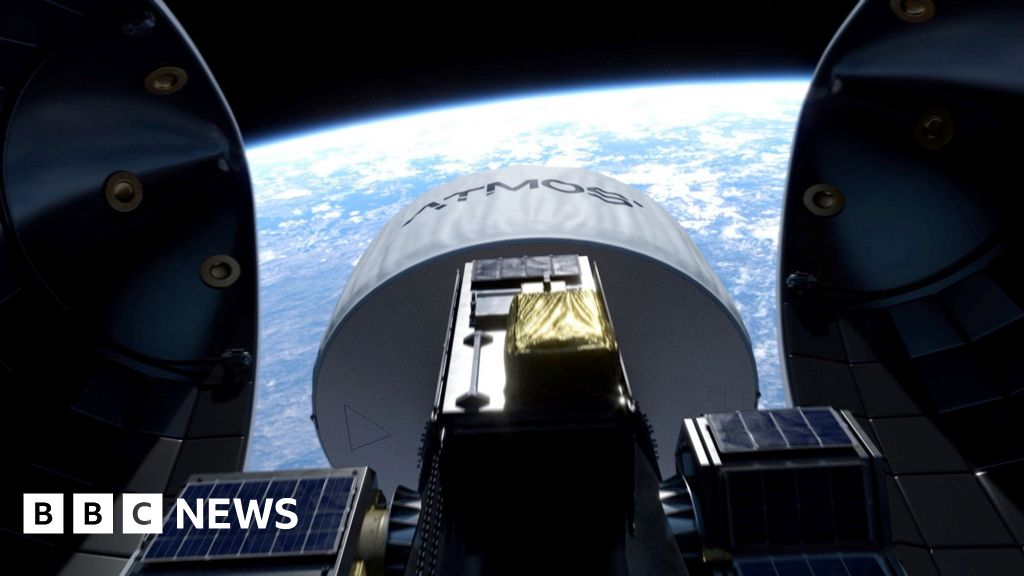Groundbreaking Discovery of Magma Cap at Yellowstone Prevents Eruptions

Geoscientists have made a significant discovery at Yellowstone National Park, revealing a magma cap that is likely playing an essential role in preventing a catastrophic eruption from one of the largest active volcanic systems on the planet. This magma cap, situated approximately 2.4 miles beneath the Earth's surface, consists of molten silicate materials, supercritical water, and porous rock, functioning as a lid that traps heat and pressure below, according to a team of researchers involved in this groundbreaking study.
The Grand Prismatic hot spring, one of the park's most famous hydrothermal features, is a direct result of the volcanic activity associated with the Yellowstone supervolcano. This vibrant thermal spring, known for its stunning colors, serves as a stark reminder of the geological forces at play beneath the surface of the park. Photographs captured on July 22, 2014, highlight the mesmerizing beauty of this natural wonder, but also underscore the potential hazards posed by the supervolcano.
To uncover the magma cap, the research team employed a 53,000-pound vibroseis truck, a sophisticated piece of equipment capable of injecting low-frequency vibrations into the Earth. This technique generates tiny earthquakes that send seismic waves deep into the ground, allowing scientists to analyze how these waves reflect off different subsurface layers. Brandon Schmandt, a professor of earth, environmental, and planetary sciences at Rice University and a co-author of the study, expressed his surprise at the physical phenomena occurring at such depths, stating, "We were not expecting to see something physically happening there."
The dynamics of hazardous volcanic systems are heavily influenced by the depth at which magma is stored, making this discovery particularly important. For decades, scientists have known that magma exists beneath Yellowstone, but the precise depth and structural characteristics of its upper boundary have remained ambiguous. This breakthrough adds clarity to a longstanding question.
In a previous study conducted in 2022, researchers unveiled that Yellowstone's supervolcano harbors a significantly larger magma reservoir beneath the caldera than previously estimated. This finding indicates that lava is flowing at shallower depths, which could contribute to potential eruptions in the future.
Through advanced modeling techniques, the researchers were able to determine that the magma cap consists of molten silicate materials and bubbles of supercritical water trapped within porous rock formations. As magma rises and decompresses, gases such as water vapor and carbon dioxide separate from the molten material, forming gas bubbles. The accumulation of these bubbles can increase buoyancy and potentially lead to explosive eruptions.
However, the researchers are quick to assure the public that an eruption at Yellowstone is not imminent. Data obtained from seismic imaging and sophisticated computer modeling suggests that the magma reservoir is currently in a stable state and actively venting gases. Schmandt described the system's behavior as "steady breathing," with gas bubbles rising and escaping through the porous rock of the magma cap. He noted, "Although we detected a volatile-rich layer, its bubble and melt contents are below the levels typically associated with imminent eruption."
Instead, the research indicates that this geological system is efficiently venting gas through cracks and channels formed between mineral crystals, reducing the likelihood of an explosive event in the near future. Despite the challenges posed by Yellowstone's complex geology, the research team successfully navigated the difficulties of interpreting the scattering seismic waves, which often obscured clear data.
Co-author Chenlong Duan emphasized the importance of perseverance in scientific research, stating, "When you see noisy, challenging data, dont give up." The team managed to produce one of the first remarkably clear images of the top of the magma reservoir beneath the Yellowstone caldera using their innovative structural seismic imaging technique, developed by Duan himself.
This discovery not only enhances our understanding of the Yellowstone supervolcano but could also provide valuable insights into potential future volcanic activity within the extensive geological framework that defines the park.



























